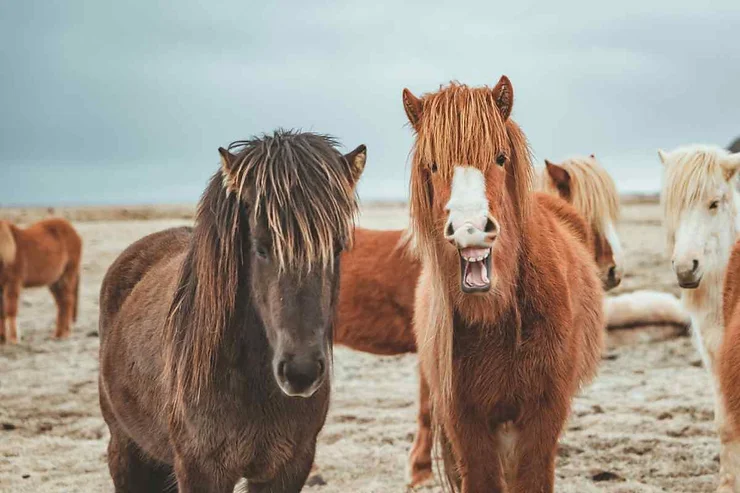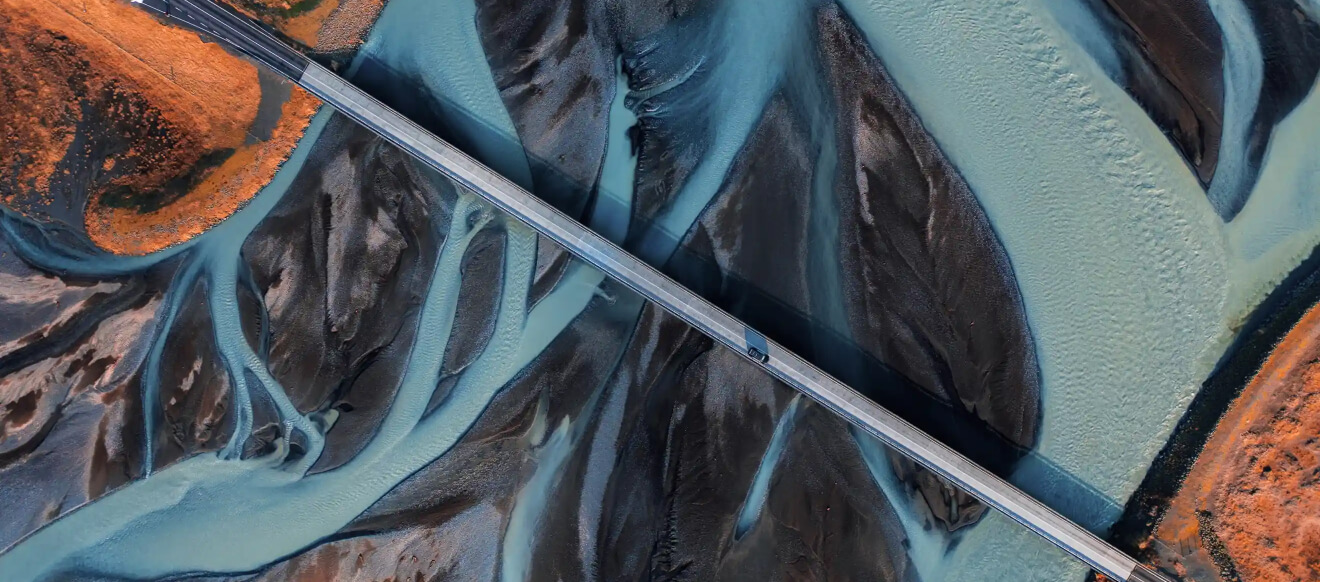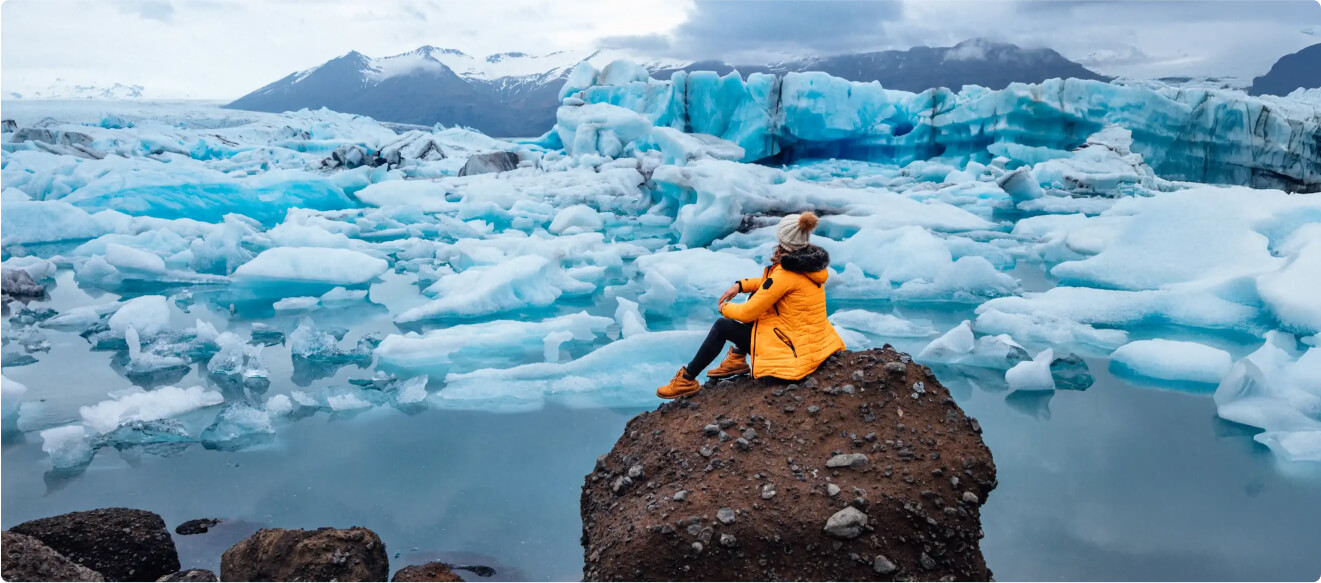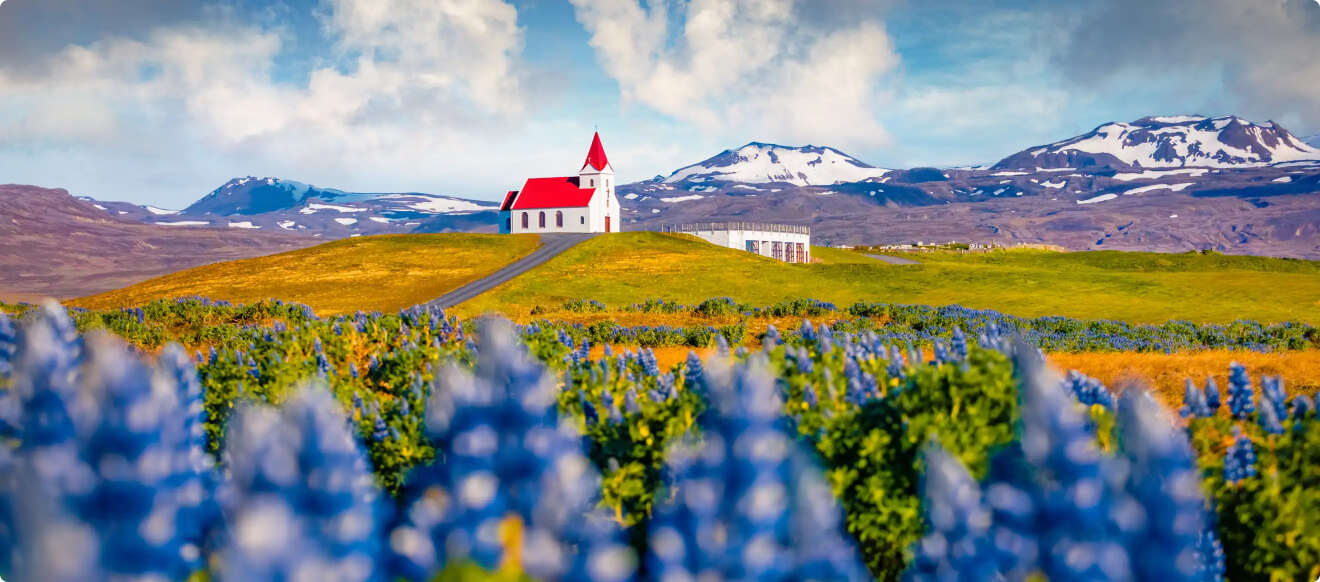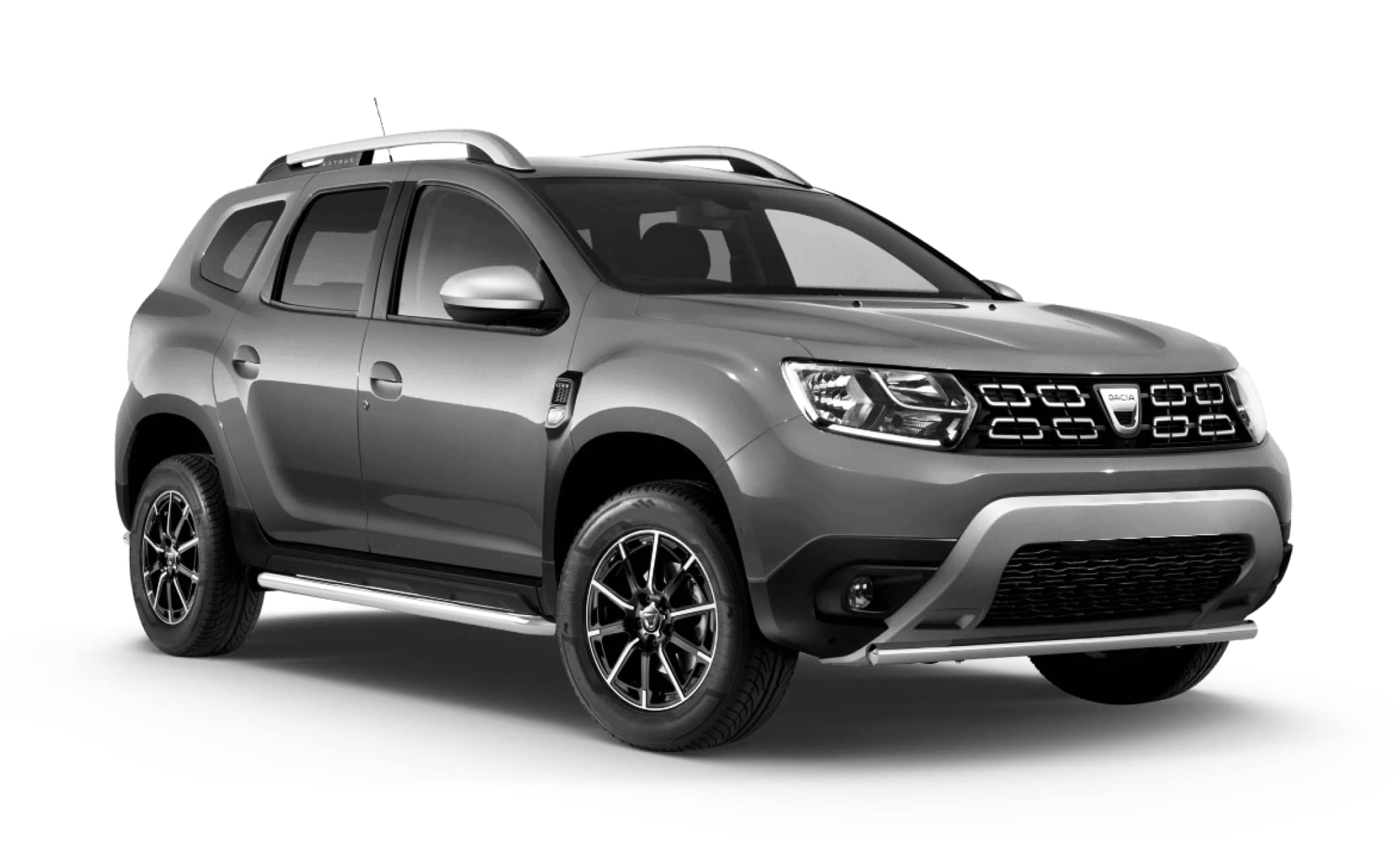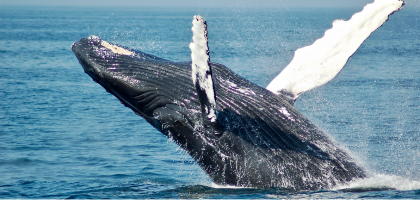Icelandic horses are a unique and fascinating breed of horses well-known for their strength, endurance, and distinctive gaits. These horses have been a part of Icelandic culture for over a thousand years and have played a crucial role in the island's history and way of life.
This special kind of horse is a small but hardy breed perfectly adapted to Iceland's harsh climate and rugged terrain. They are known for their friendly and gentle temperament, making them popular with locals and visitors.
Whether you're an experienced rider or a complete novice, the Icelandic horse is an ideal mount. It offers an enjoyable experience for exploring Iceland's beautiful and dramatic landscapes.
This guide will delve into the characteristics, history, and unique qualities that make these horses special. So, saddle up and get ready to learn all about the Icelandic horse!
Characteristics of the Icelandic Horse
The Icelandic horse is a unique breed native to Iceland. The country known for its breathtaking landscapes and diverse Iceland animals. These horses are known for their strength, stamina, and unique characteristics, making them popular among locals and tourists.
Let's look at some Icelandic horse facts.
-
Colors: Icelandic horse colors come in various shades, including black, bay, chestnut, dun, and palomino. The rarest colors are the changing roan.
-
Size: These Iceland mini horses are usually pony-sized and rarely exceed 14 hands (56 inches/142 cm).
-
Special Features: The Icelandic breed has 2 gaits other breeds don't have - the tölt and skeið. The tölt is a four-beat lateral ambling gait that allows the horse to move quickly over rough terrain without jarring its rider. The skeið is a fast gallop used for racing.
-
Population: There are around 60,000 Icelandic horses in Iceland - that's a lot for just 387,800 people!
-
Interacting with Icelandic Horses: If you're visiting Iceland and want to interact with these beautiful animals, many opportunities are available such as riding tours or even staying on an Icelandic horse farm.
What Is Special About Icelandic Horses?
The Icelandic horse is a Viking horse breed developed in Iceland. This breed is well-known for its hardiness, resilience, and versatile nature, making it popular among locals and tourists.
Here is what makes the Icelandic horse special.
-
Endurance: thanks to their incredible strength and endurance, these horses are perfect for exploring Iceland's rugged terrain.
-
Friendly Nature: Icelandic horses have a friendly and gentle temperament, making them popular with riders of all ages and abilities.
-
Versatile: They can perform a range of gaits - from the slow tölt to the fast skeið. This makes them perfect for activities such as racing and horse trekking.
-
Adaptability: These animals are well-adapted to Iceland's harsh climate and challenging terrain, making it an integral part of the Icelandic people's culture.
-
Beer tolt: The unique beer tölt gait - often called the 'party gait' — can be seen in some Icelandic horses. This gait combines the tölt and trots with an extra beat added in. It is known for its smoothness and can often be seen in the show ring.
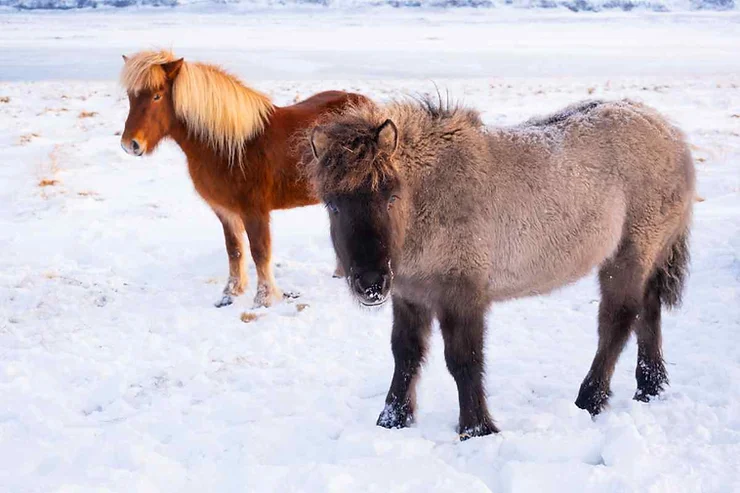
Why Is an Icelandic Horse Not a Pony?
The Icelandic horse, sometimes wrongfully referred to as the 'Icelandic pony,' is a unique breed that has been present in Iceland since the Viking Age. Although they may be small in size, they are not considered ponies.
Here are some reasons why the Icelandic horse is not considered a pony:
-
Height: While ponies are generally defined as horses that are shorter than 14.2 hands (58 inches) at the withers, Icelandic horses can range in height from 12-14 hands (48-56 inches) for smaller individuals to 14-15 hands (56-60 inches) for larger ones. This puts them in the range of a horse rather than a pony.
-
Proportions: Icelandic horses have proportions similar to those of larger breeds of horses. They have longer necks, back, and legs relative to their body size. Conversely, ponies tend to have shorter legs, a shorter back, and a thicker neck in proportion to their body.
-
Bone structure: Icelandic horses have a sturdy bone structure that is more similar to that of a horse than a pony, with a strong and well-developed skeleton that can carry both children and adults.
-
Tölt gait: Icelandic horses are known for their tölt gait - an ambling four-beat lateral gait unique to the breed. Ponies, on the other hand, typically do not possess this gait.
-
Versatility: Icelandic horses are used for various activities, including riding, racing, herding, and even pulling sleds. This versatility is more commonly seen in horses than ponies, often used for riding or as children's ponies.
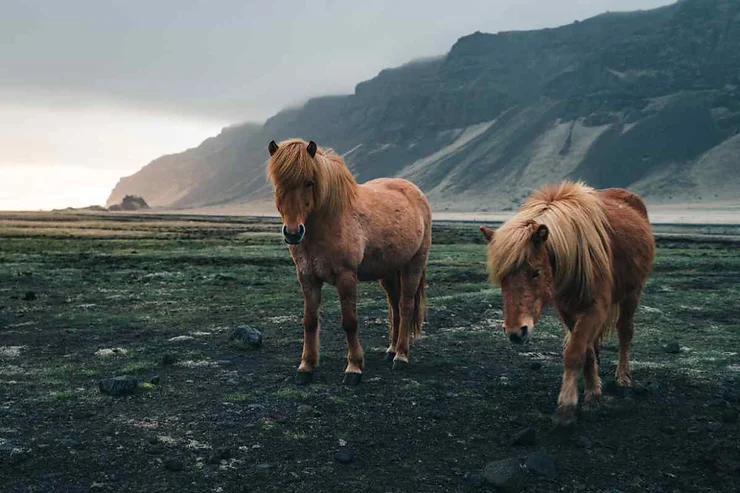
The Unique Gait of the Icelandic Horse
Icelandic horses are well known for their unique gait, the tölt. This smooth and comfortable four-beat gait makes it a popular choice among riders.
Here's what makes the tölt gait so unique:
-
Speed: These Viking horses can reach up to 20 mph/32 kph in the tölt gait! This makes it an excellent choice for horse trekking and racing activities.
-
Smoothness: The gait is incredibly smooth - far smoother than the trot, which can often be jarring for riders. This makes it an excellent choice for riders of all ages and skill levels.
-
Stability: The tölt gait is also incredibly stable, making it easy to maintain and challenging to lose balance while riding. This makes it an ideal choice for riders with balance issues.
-
Variety: Icelandic horses can perform a range of gaits - from the slow tölt to the fast skeið.
Are There Any Wild Horses in Iceland?
Approximately 100 wild Icelandic horses live in Iceland, primarily near the lighthouse by Sandgeroi, on the Keflavik Peninsula. These horses are a breed of Icelandic horse, but they live independently in the wild. They are not owned by any specific person. In recent years, the national government has explicitly committed to protect the local wildlife.
As a result, the number of wild horses has been increasing since then. These wild horses symbolize the Viking heritage and their presence is celebrated throughout the country.
They can be seen from afar, grazing among the Icelandic sheep in the countryside or running wild and free. The locals consider them part of their culture, a reminder of the strength and resilience of Iceland's unique horse breed.
The best way to get a glimpse of the wild horses on the island is to take an Iceland car rental and drive around the Keflavik Peninsula. Be sure to keep your distance from the wild horses, as they are considered wild animals and can be dangerous. It's also essential to respect the land on which they roam and not disturb their habitat.
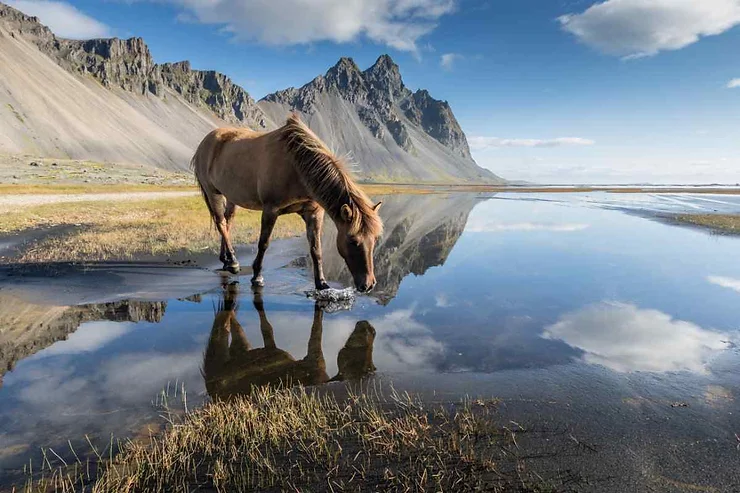
Interacting With Icelandic Horses
If you're planning a trip to Iceland, interacting with Icelandic horses should be on your list of the best things to do in Iceland.
Here are some tips for interacting with horses in Iceland:
-
Approach slowly: Icelandic horses are generally friendly and curious animals but can be shy around strangers. Approach them slowly and calmly, and let them come to you. Avoid making sudden movements or loud noises, as this can startle them.
-
Be respectful: Always treat the animals with respect and kindness. They are intelligent creatures that can sense your emotions and intentions, so approach them positively and gently when touching or handling them.
-
Watch body language: Icelandic horses communicate through body language like all animals. Watch for signs of discomfort or anxiety, such as pinned ears or a tense posture. If the horse seems uncomfortable, back away slowly and give it space.
-
Follow instructions: If you are interacting with horses at a stable or riding center, follow the staff's instructions. They know the temperament and behavior of Icelandic horses better than anyone.
-
Enjoy their personalities: This breed is known for being friendly and curious. They love attention and affection and enjoy interacting with people. Take the time to get to know them and appreciate their unique personalities.
The History of the Icelandic Horse
The history of this very special horse is a fascinating story of selective breeding, cultural significance, and isolation. This breed, often called the 'Viking horse,' has played a vital role in Icelandic history and culture and has become a beloved symbol of the country. With its unique characteristics and long history, the Icelandic horse is truly a breed like no other.
It's also worth noting that, despite popular stereotypes about Icelanders being cold or unfriendly, the people of Iceland have a deep connection to their horses and take great pride in their country's equestrian heritage. This history is celebrated in various museums across the country dedicated to the Icelandic horse.
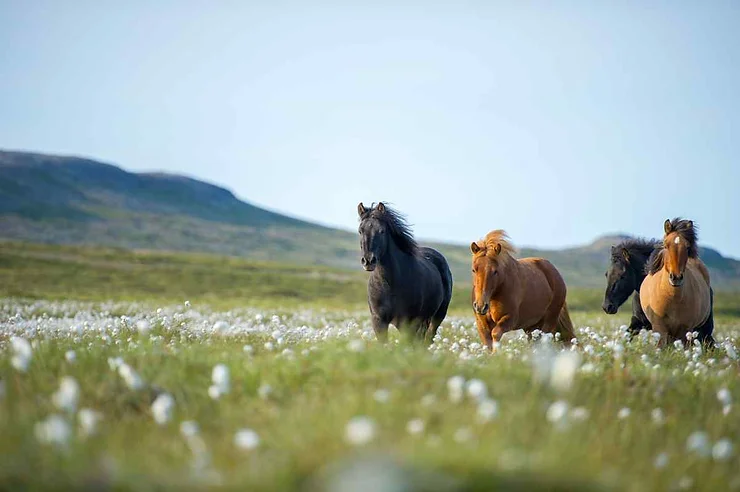
Here is a brief overview of the history of the Icelandic horse:
-
Arrival in Iceland: Horses are believed to have arrived in Iceland with the first settlers around 1100 years ago. These settlers were primarily Norsemen who brought their horses with them on the long sea journey to Iceland.
-
Selective breeding: Over the centuries, Icelandic horses were selectively bred for their hardiness, strength, and versatility. The harsh climate and rugged terrain of Iceland made it necessary for horses to be able to withstand extreme weather conditions and navigate rugged terrain.
-
Cultural significance: This unique breed played a vital role in the cultural history of Iceland. It was used for transportation, farming, and even in battles. The breed is deeply intertwined with Icelandic culture and has become the country's national symbol.
-
Isolation: The island's isolation from the rest of the world has helped preserve the Icelandic horse's unique characteristics. The breed has been isolated on the island for centuries and has developed a rare genetic purity among horse breeds.
The Icelandic Horse in Mythology and Folklore
The Icelandic horse has a long and storied history in the local mythology and folklore. Here are some of the most notable stories and legends surrounding this beloved breed:
-
Sleipnir: Perhaps the most famous story involving the Icelandic horse is that of Sleipnir, the eight-legged horse of Norse mythology. According to legend, Sleipnir was ridden by Odin and could travel between the worlds of the living and the dead.
-
Hrimfaxi and Skinfaxi: In Norse mythology, the sun and moon were believed to be pulled across the sky by two horses. The horse that pulled the moon was named Hrimfaxi, which means "frost mane." In contrast, the horse that pulled the sun was named Skinfaxi, which means "shining mane."
-
The Hidden People: According to Icelandic folklore, the country is home to a race of hidden people known as huldufólk. These beings are said to live in the mountains and often take the form of small, magical horses. If you're kind to these horses, the huldufólk will bless you with good luck.
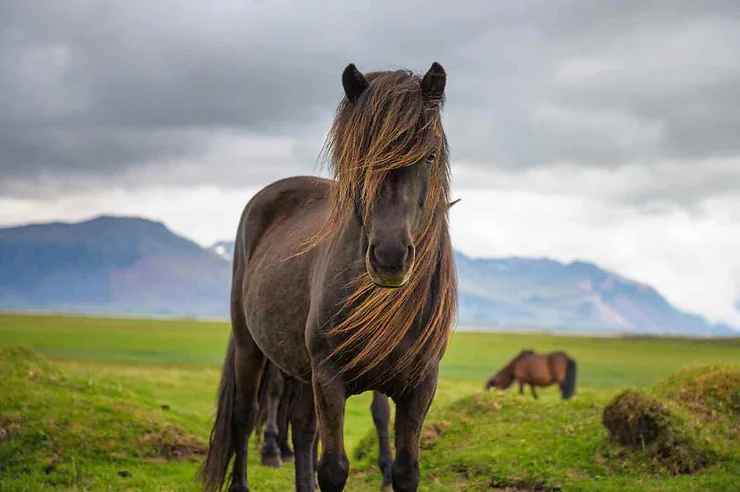
Horse Riding in Iceland
Horse riding in Iceland is a popular activity that allows visitors to experience this island nation's unique landscapes and culture.
Here are some key things to know about horse riding in Iceland:
-
The Icelandic horse: The Icelandic horse is the only breed of horse found in Iceland and is well-suited to the country's rugged terrain and harsh climate. These horses are smaller than many other breeds but are known for their strength, stamina, and sure-footedness.
-
Scenery and landscapes: Horse riding in Iceland allows visitors to see some of the country's most stunning scenery and landscapes up close. Riders can trek through rolling hills, traverse rocky lava fields, or even ride along the black sand beaches that line Iceland's coastline.
-
Cultural experiences: Horse riding in Iceland also provides an opportunity to learn about the country's rich equestrian history and culture. Many tours include visits to horse farms or demonstrations of traditional Icelandic horsemanship techniques.
-
Weather and conditions: Iceland's weather can be unpredictable, and it's essential to be prepared for various conditions when horse riding. Tour companies typically provide all the necessary equipment.
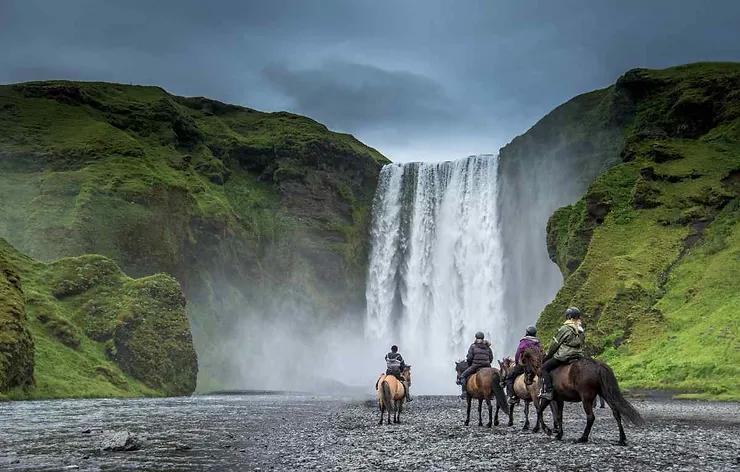
Best Horseback Riding Tours
If you're planning a trip to Iceland and looking for an unforgettable horseback riding experience on beautiful Icelandic horses, here are some of the best horseback riding tours available:
-
Red Lava Horse Riding Tour: Explore the beautiful volcanic landscapes of south Iceland on a horseback riding tour! The Red Lava Horse Riding Tour offers an unforgettable experience with optional hotel pickup from Reykjavik.
-
Afternoon Viking Horseback Tour: Venture out on an afternoon adventure and explore the Reykjanes preservation area on horseback! The Afternoon Viking Horseback Tour offers experienced riders a chance to test the versatility of the Icelandic horse. Learn about different tolt gaits and see stunning volcanic landscapes with this unforgettable tour close to Reykjavik.
The Best Places to See Horses in Iceland
If you plan a trip to Iceland during the summer, you'll have plenty of opportunities to see beautiful Icelandic horses in their natural habitat.
Here are some of the best places to see horses during your road trip:
-
The Westfjords: The Westfjords is a remote region of Iceland home to some of the country's most spectacular scenery. It's also a great place to see horses in their natural habitat. Many farms in the area offer horseback riding tours that take visitors through the stunning fjords and mountains of the region.
-
The Ring Road: Iceland's Ring Road is a popular route for tourists to explore the country's stunning landscapes. Along the way, visitors can see horses grazing in fields and running alongside the road.
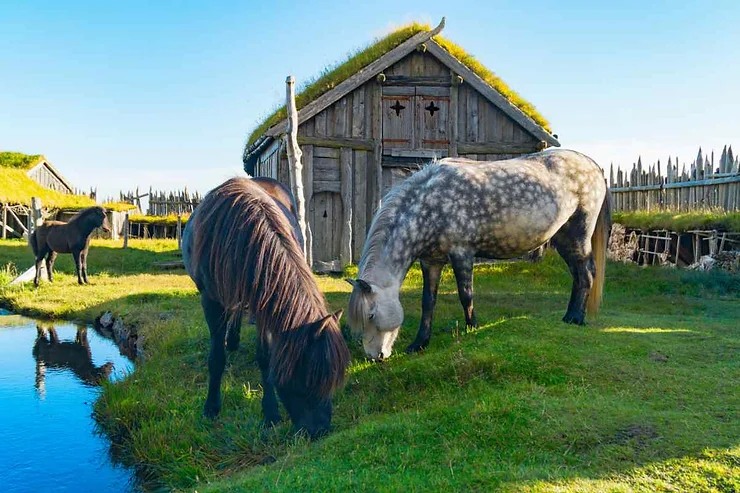
Events Celebrating the Icelandic Horse
Icelandic horses hold a special place in the hearts of Icelanders, and several events throughout the year celebrate these majestic animals.
Here are two events that are dedicated to celebrating beautiful Icelandic horses during the spring in Iceland:
The Icelandic Horse Festival
The Icelandic Horse Festival, or Landsmót, is one of Iceland's most popular events. Held every two years, the festival brings together thousands of horse enthusiasts and breeders from around the country and beyond.
The festival features many events, including riding competitions, breeding shows, and cultural performances. Visitors can also enjoy traditional Icelandic food and drink and browse the vendors selling equestrian gear and souvenirs. At this event, you might even spot a rare blue roan horse or a stunning white Icelandic horse.
The Reykjavik Horse Show
The Reykjavik Horse Show is another popular event that celebrates the Icelandic horse. Held annually in the capital city of Reykjavik, the show attracts thousands of spectators who come to see the beautiful horses in action.
The event features a variety of riding competitions, including dressage and shows jumping, as well as performances by Icelandic singers and musicians. Visitors can also browse the many vendors selling equestrian gear and souvenirs, and sample traditional local food and drink.
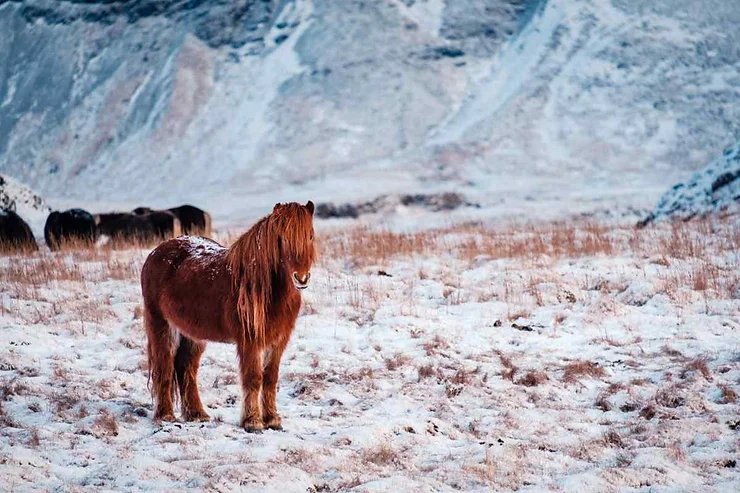
FAQs
How tall are Icelandic horses?
The icelandic horse size is usually between 13-14 hands (52-56 inches, 132-134 cm) tall and weigh around 838 lbs/380 kg. This is often considered to be pony size. However, the Icelandic horse is a breed of its own.
How long do Icelandic horses live?
Icelandic horses usually live up to 40 years, although some have been known to reach 59. The breed is known for its hardiness and long life and is one of the oldest horse breeds in the world. This has resulted in many Icelander's bonding with their horses as they grow up together.
Where to see Icelandic horses?
Skeiðvellir breeding farm is one of the best places to see Icelandic horses. Located an hour from Reykjavik, Skeiðvellir is home to around 100 horses. Other popular places to see these beautiful horses include the Westfjords, the Ring Road, and various events throughout the year, such as the Icelandic Horse Festival and the Reykjavik Horse Show.
How many gaits does an Icelandic horse have?
The Icelandic horse is known for having five different gaits, more than most other horse breeds. The five Icelandic horse gaits are called walk, trot, gallop, tölt, and pace. Tölt is the most famous and popular gait of the Icelandic horse, known for being smooth and comfortable for riders. The pace gait is not used as much as the other four gaits and is only used in racing competitions.
Did Vikings have horses?
Vikings did own horses. Viking horses were essential to their lives and culture and were used for transportation, work, racing, and warfare. The Icelandic horse is descended from the Viking horses and still carries many of their traits today.
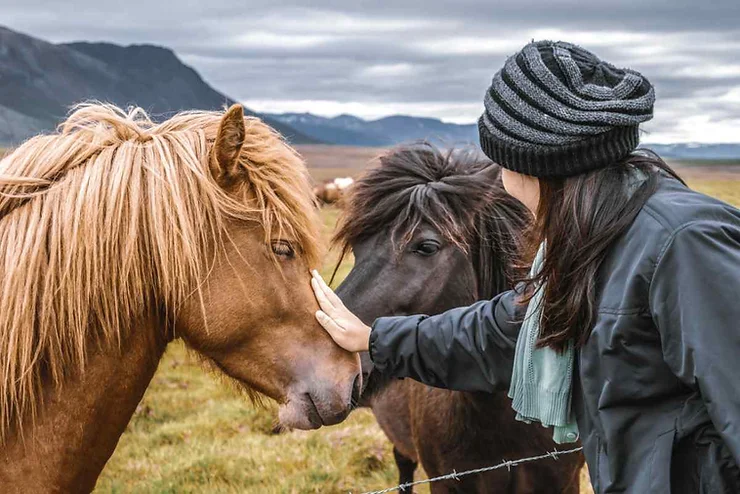
Is Icelandic horse meat commonly consumed in Iceland?
Icelandic horse meat is not commonly consumed in Iceland today. However, it was an essential part of the Viking diet and has appeared on restaurant menus. These days horse meat is primarily used in making sausages. Check the label before purchasing if you're not interested in eating horse meat.
Riding the Icelandic Horse: An Unforgettable Experience in Iceland
Riding the Icelandic horse is an unforgettable experience that should not be missed when visiting Iceland.
Whether you are looking to explore breathtaking landscapes on a guided tour or attend one of the many events celebrating these majestic animals, there is something for everyone in this beautiful country. So why wait? Book your trip now and get ready for an incredible adventure!




